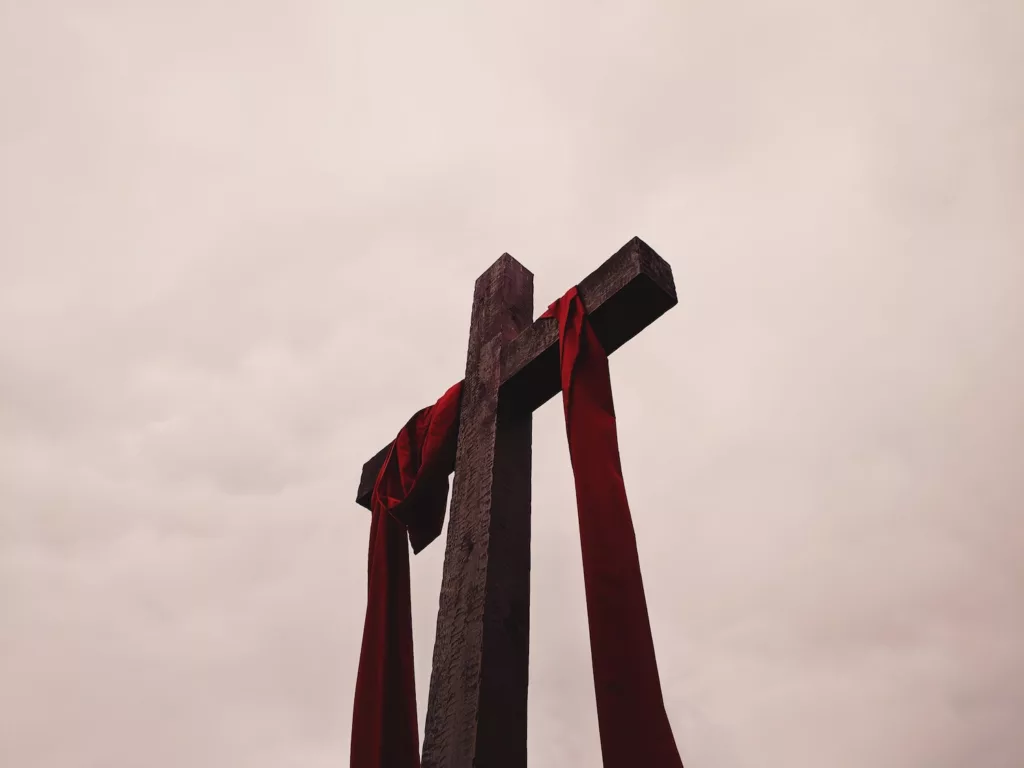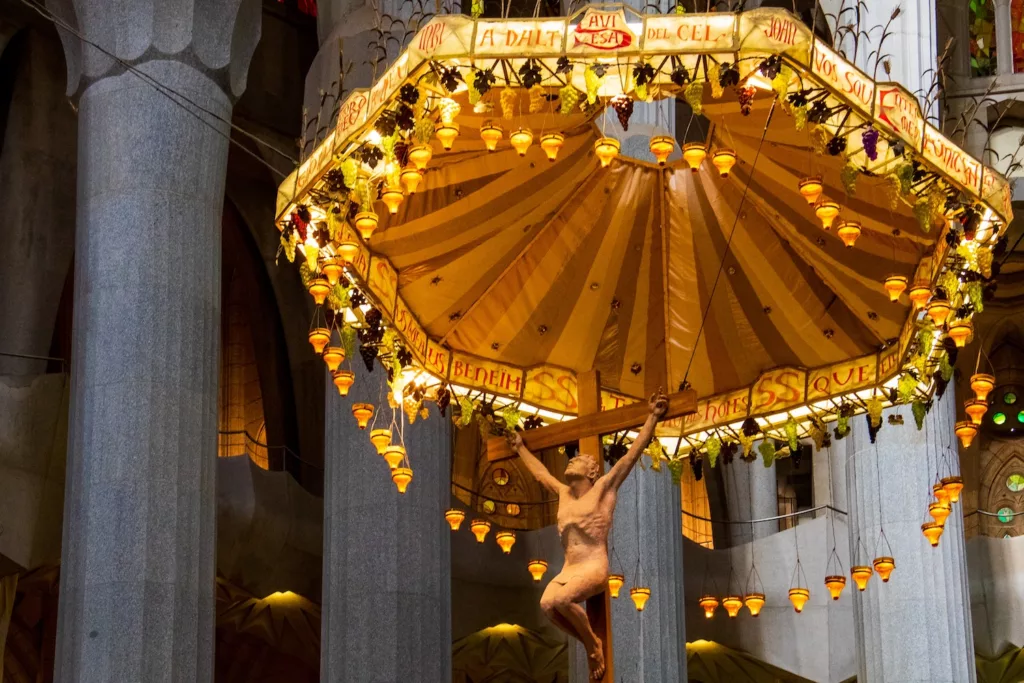Good Friday Traditions from Different Cultures

Good Friday, the day when Christians commemorate the crucifixion and death of Jesus Christ, is observed around the world with a variety of customs and traditions.
While some Good Friday observances are similar across cultures, others are unique to specific regions and countries.
In this blog post, we will explore some of the most fascinating Good Friday traditions from different cultures and how they are observed.
What is Good Friday?
Good Friday is a Christian holiday that commemorates the crucifixion of Jesus Christ. According to the New Testament, Jesus was arrested, tried, and sentenced to death by crucifixion on a Friday. The holiday is observed on the Friday before Easter Sunday, which celebrates the resurrection of Jesus.
Good Friday is a solemn and reflective holiday, marking a pivotal event in Christian theology. It is a day of mourning and remembrance for Jesus’ suffering and sacrifice on behalf of humanity. Many Christians observe Good Friday by fasting, attending church services, and engaging in other acts of spiritual devotion.
The story of Good Friday is central to the Christian faith. According to the Bible, Jesus was crucified after he was betrayed by one of his disciples, Judas Iscariot. He was then tried before the Roman governor Pontius Pilate, who sentenced him to death. Jesus was beaten, mocked, and forced to carry his own cross through the streets of Jerusalem before being nailed to it and left to die.
For Christians, Good Friday is a reminder of the depth of God’s love and the sacrifice that Jesus made on their behalf. It is a time to reflect on the meaning of suffering, forgiveness, and redemption. The holiday also serves as a prelude to Easter Sunday, which celebrates Jesus’ resurrection and triumph over death.

Good Friday Traditions in Latin America: From Passion Plays to Quiet Reflection
In Latin America, Good Friday is known as “Viernes Santo” or “Holy Friday,” and it is a time for deep reflection and religious observance.
Many Latin American countries have a strong Catholic heritage, and Good Friday is one of the most important days of the year.
One of the most common Good Friday traditions in Latin America is the “Via Crucis” or “Way of the Cross.” This is a reenactment of the final hours of Jesus’ life, which is performed in many different ways throughout the region.
Some cities hold elaborate Passion Plays, with actors dressed in period costumes and detailed sets depicting the stations of the cross. Others hold more somber processions, where participants carry large crosses through the streets and recite prayers.
Another popular Good Friday tradition in Latin America is the “Siete Palabras” or “Seven Words.”
This is a series of seven sermons or meditations, each focusing on one of the last sayings of Jesus before his death. In some countries, these sermons are delivered by bishops or priests in churches, while in others they are broadcast on television or radio.
In addition to these more public observances, many Latin Americans also spend Good Friday in quiet reflection and prayer. Some choose to fast or abstain from meat, while others attend church services or spend time with family and friends.
One of the most striking Good Friday traditions in Latin America is the “Procesión del Silencio,” or “Procession of Silence.”
This solemn procession takes place in cities and towns throughout the region and involves participants walking in silence through the streets, often carrying statues of the Virgin Mary or other religious icons.
The procession usually takes place at night and is lit by candles, creating a powerful atmosphere of reverence and contemplation.

Observing Good Friday in Europe: Processions, Fasting, and Solemn Ceremonies
Good Friday is widely observed across Europe, where it is known by a variety of names, including “Karfreitag” in Germany and “Vendredi Saint” in France.
As in Latin America, Good Friday is a time for religious reflection and observance, and there are many unique customs and traditions associated with the holiday.
One of the most striking Good Friday traditions in Europe is the procession. In many cities and towns, participants carry large crosses through the streets, sometimes accompanied by statues or images of the Virgin Mary.
In some countries, such as Spain and Italy, these processions can be quite elaborate, with participants dressed in traditional costumes and carrying candles or lanterns.
In addition to processions, many Europeans also observe Good Friday by fasting or abstaining from meat. In some countries, such as Greece and Russia, it is traditional to eat only vegetarian or seafood-based meals on Good Friday.
In others, such as Germany and Austria, it is common to eat “Maultaschen” or “Herrgottsbescheißerle,” a type of pasta or dumpling filled with spinach and other vegetables.
Church services are also an important part of Good Friday observances in Europe. In many countries, churches hold special ceremonies and liturgies, such as the “Tenebrae” or “Service of Darkness,” which involves the gradual extinguishing of candles to symbolize the darkness that accompanied Jesus’ death.
Finally, Good Friday is also a time for feasting in some European countries. In the United Kingdom, for example, it is traditional to eat Hot Cross Buns on Good Friday.
These spiced buns are marked with a cross on top, symbolizing the crucifixion of Jesus.

Good Friday Traditions in the Philippines: Self-Flagellation and the Crucifixion Reenactment
In the Philippines, Good Friday is known as “Mahal na Araw” or “Holy Week,” and it is one of the most important religious holidays of the year.
Many Filipinos observe Good Friday with a deep sense of piety and devotion, and there are several unique customs and traditions associated with the holiday.
One of the most striking Good Friday traditions in the Philippines is the practice of self-flagellation. Some devotees engage in acts of self-mortification, such as whipping themselves or carrying heavy crosses, as a way of expressing their devotion and penance.
While controversial, these practices are deeply rooted in Philippine culture and are still observed by some devout Catholics.
Another important Good Friday tradition in the Philippines is the “Pabasa,” a public reading of the “Pasyon,” a narrative poem about the life and death of Jesus Christ.
The “Pabasa” can last for several days and is typically held in a private home or a public space, such as a church or a community center. The reading is often accompanied by traditional music and prayers, and many Filipinos view it as a way of connecting with their faith and their community.
Perhaps the most famous Good Friday tradition in the Philippines is the “Kristo” or “Crucifixion” reenactment.
In some parts of the country, particularly in the province of Pampanga, devotees undergo an actual crucifixion, with nails driven through their hands and feet and a heavy wooden cross carried to a designated site.
While this practice is not officially sanctioned by the Catholic Church and has been the subject of controversy and criticism, it remains a powerful expression of faith and devotion for many Filipinos.

Celebrating Good Friday in Africa: Prayer, Fasting, and Community Gatherings
Good Friday is observed in many African countries, where it is a time for religious observance and reflection. While customs and traditions vary across the continent, there are several common themes that emerge in Good Friday observances in Africa.
One of the most important Good Friday traditions in Africa is prayer. Many churches hold special services and liturgies, which can include hymns, readings from the Bible, and sermons.
In some countries, such as Ethiopia, there are also special prayers and rituals associated with Good Friday, such as the washing of the feet or the anointing of the sick.
Fasting and abstinence are also common Good Friday practices in Africa. In some countries, such as Kenya and Uganda, it is traditional to abstain from meat and alcohol on Good Friday.
In others, such as Nigeria and Ghana, it is customary to fast for the entire day, eating only one small meal in the evening.
Finally, Good Friday is often a time for community gatherings and celebrations in Africa. In some countries, such as South Africa, there are parades and processions, with participants carrying crosses and banners.
In others, such as Zimbabwe and Botswana, there are traditional dances and songs, which are performed in churches and public spaces.

Good Friday Customs in the United States: Church Services, Fish Fry, and Easter Egg Hunts
In the United States, Good Friday is observed by many Christians, particularly those from Catholic and Protestant traditions.
While there are no national customs or traditions associated with Good Friday in the United States, there are several regional practices that are worth noting.
One common Good Friday tradition in the United States is the “Fish Fry.” Many churches and community organizations hold fish dinners on Good Friday, serving up fried fish and other seafood dishes.
This tradition is particularly strong in the Southern United States, where seafood is a popular staple and Good Friday is seen as a time to abstain from meat.
Another important Good Friday tradition in the United States is the Easter Egg Hunt.
While not directly related to the religious observance of Good Friday, the Easter Egg Hunt is often held on the day before Easter and is a popular activity for families and children.
Of course, church services are also an important part of Good Friday observance in the United States.
Many churches hold special services, which can include hymns, prayers, and sermons that reflect on the significance of the day.
Some churches also hold “Stations of the Cross” services, where parishioners walk through the church and stop at various stations that depict scenes from Jesus’ journey to the crucifixion.
Another notable Good Friday tradition in the United States is the “Tenebrae” service. This somber service takes place in the evening and involves the gradual extinguishing of candles and lights, symbolizing the darkness that fell upon the world when Jesus died on the cross.
The service often ends with a single candle left burning, representing the hope and promise of Christ’s resurrection.
Conclusion
Good Friday is a time for religious observance and reflection in many cultures around the world. While customs and traditions vary, there are several common themes that emerge in Good Friday observances, including prayer, fasting, and community gatherings.
Whether it involves self-flagellation, Passion Plays, or Hot Cross Buns, Good Friday customs and traditions reflect the deep spiritual and cultural significance of this solemn holiday.






